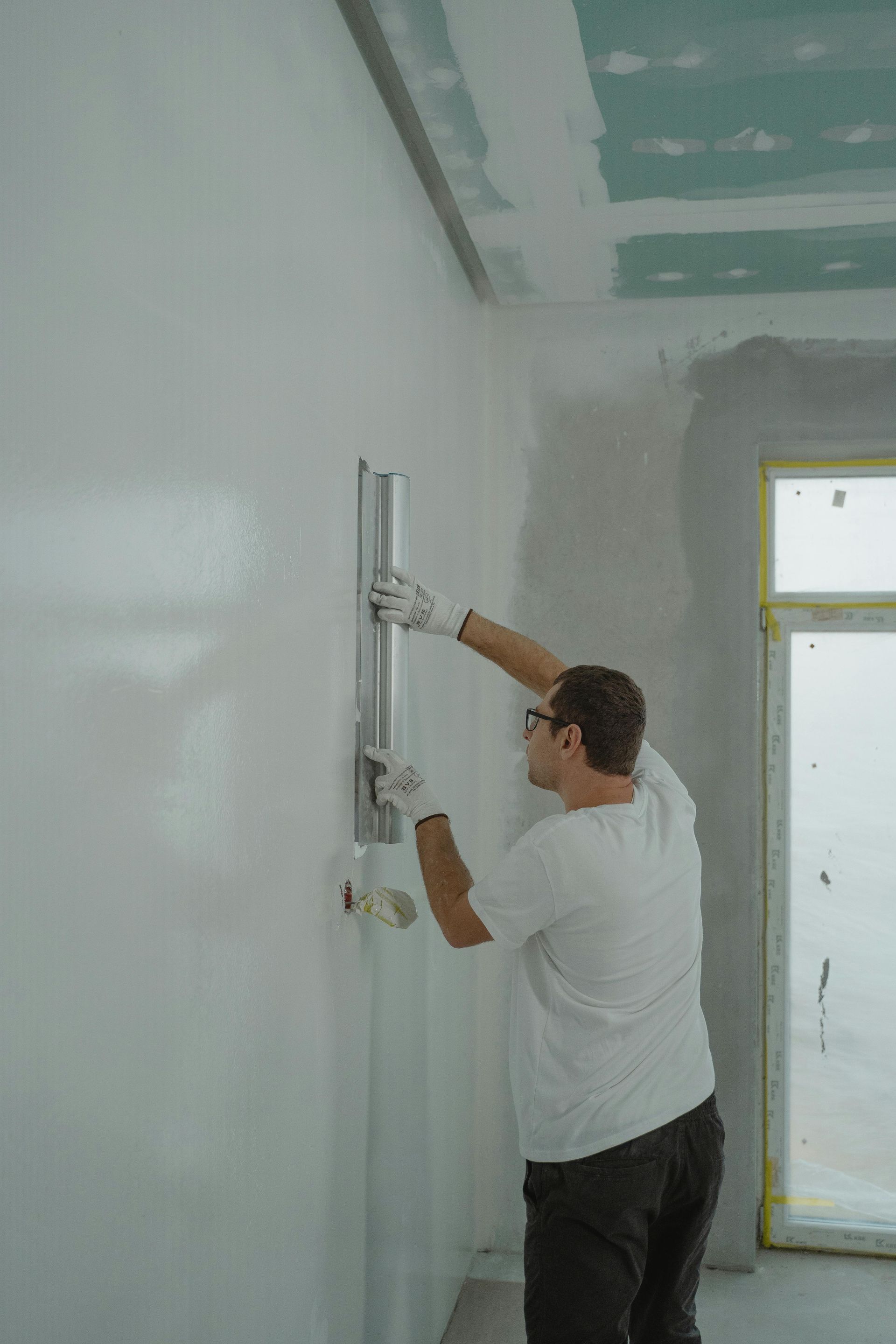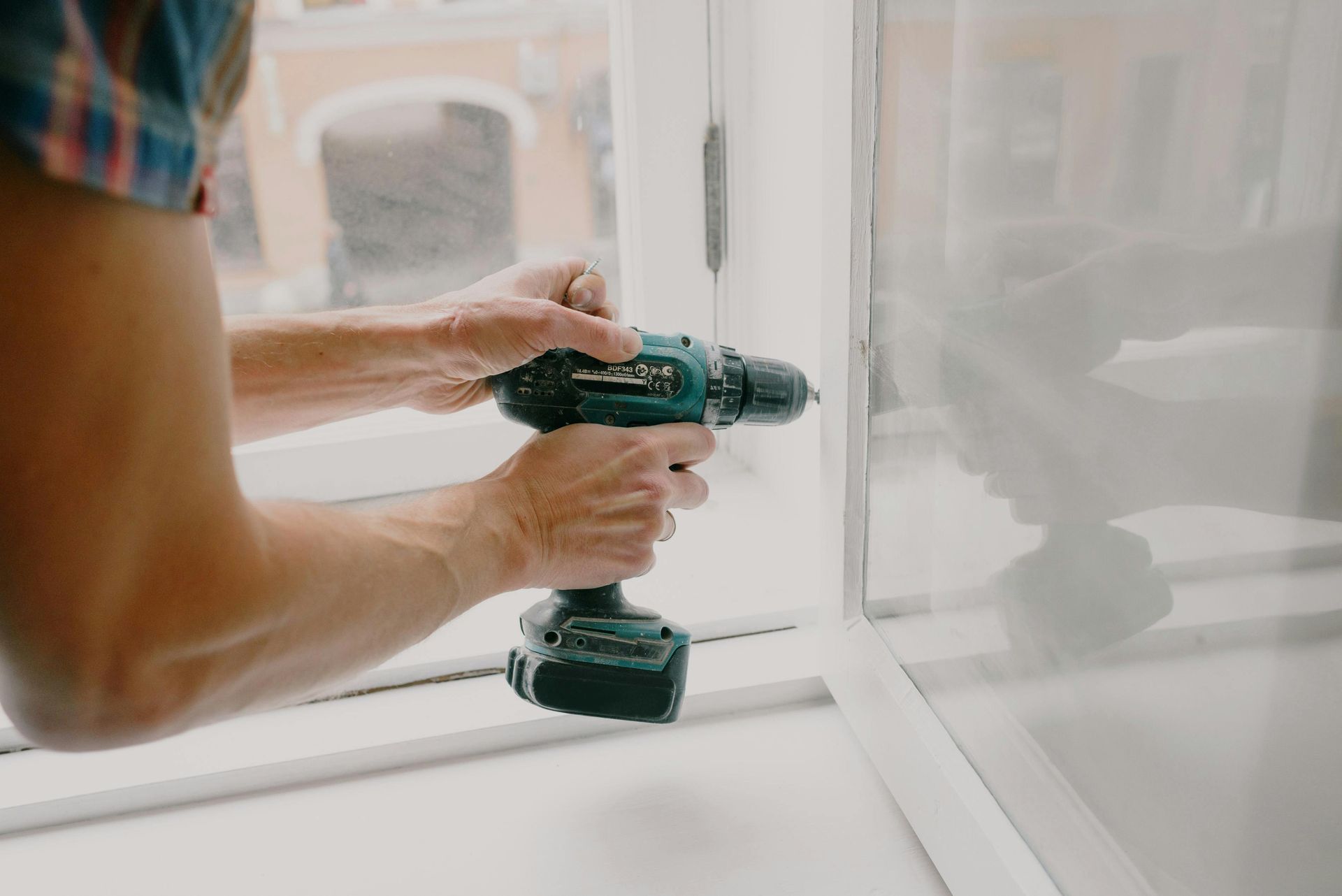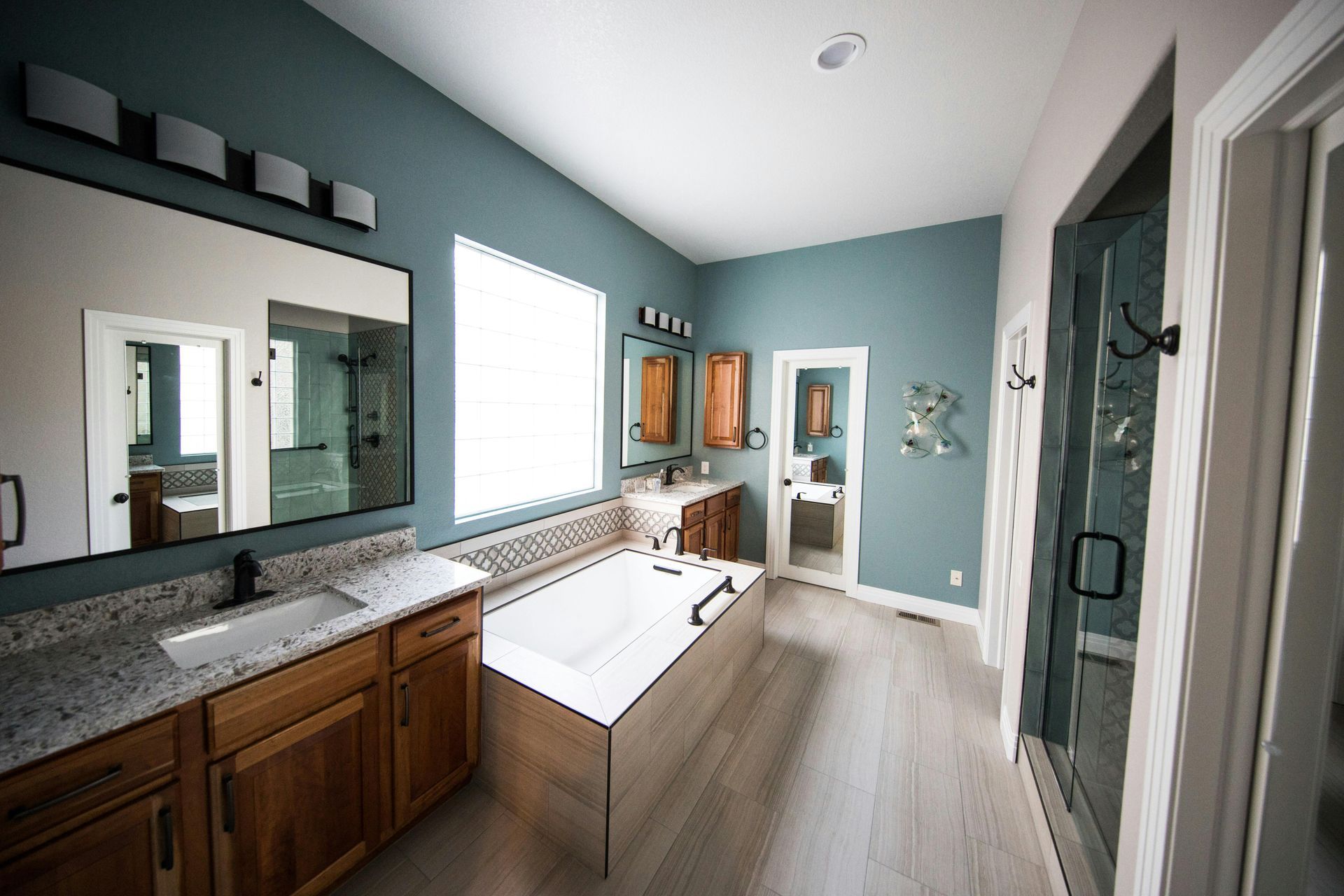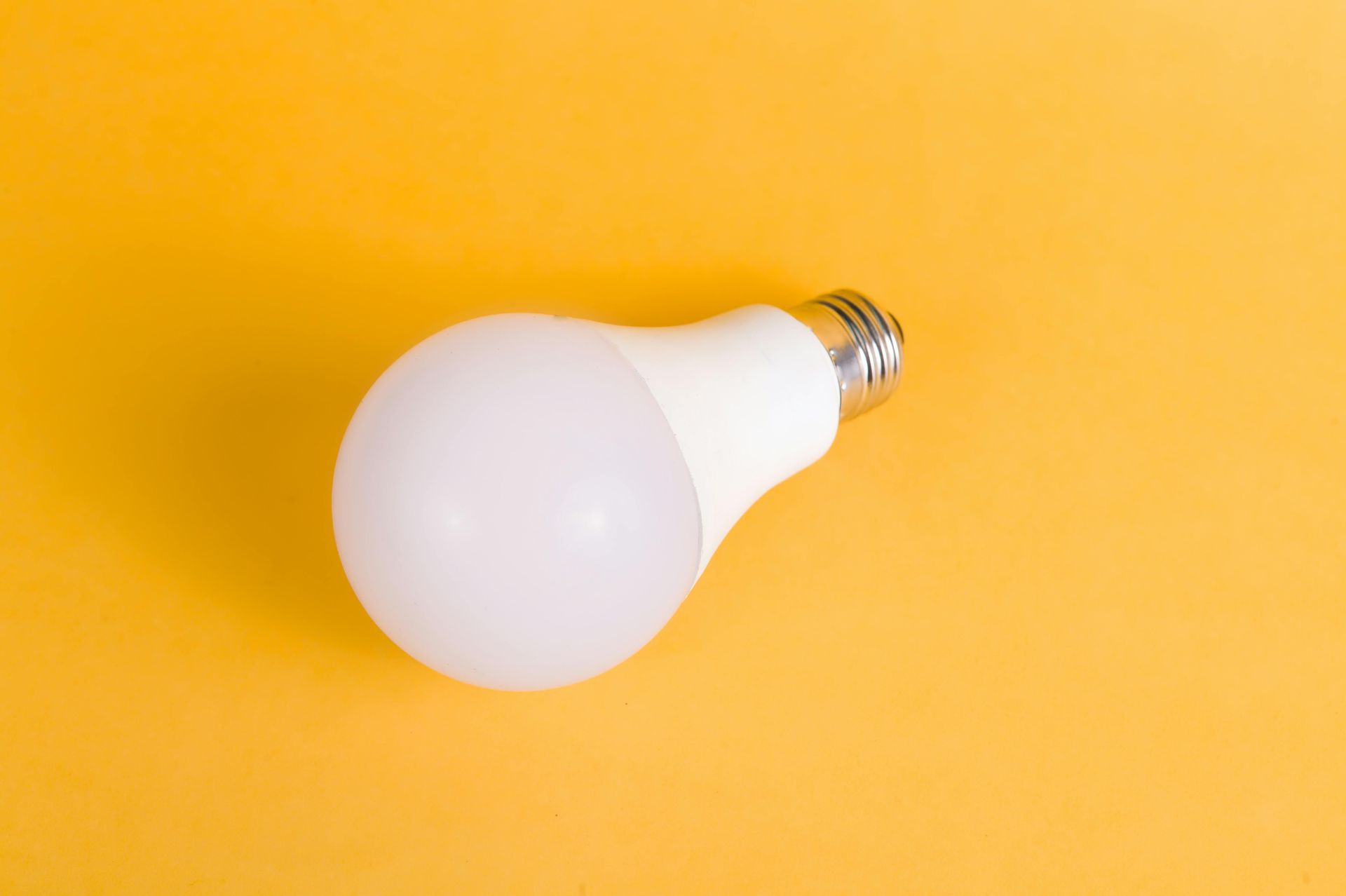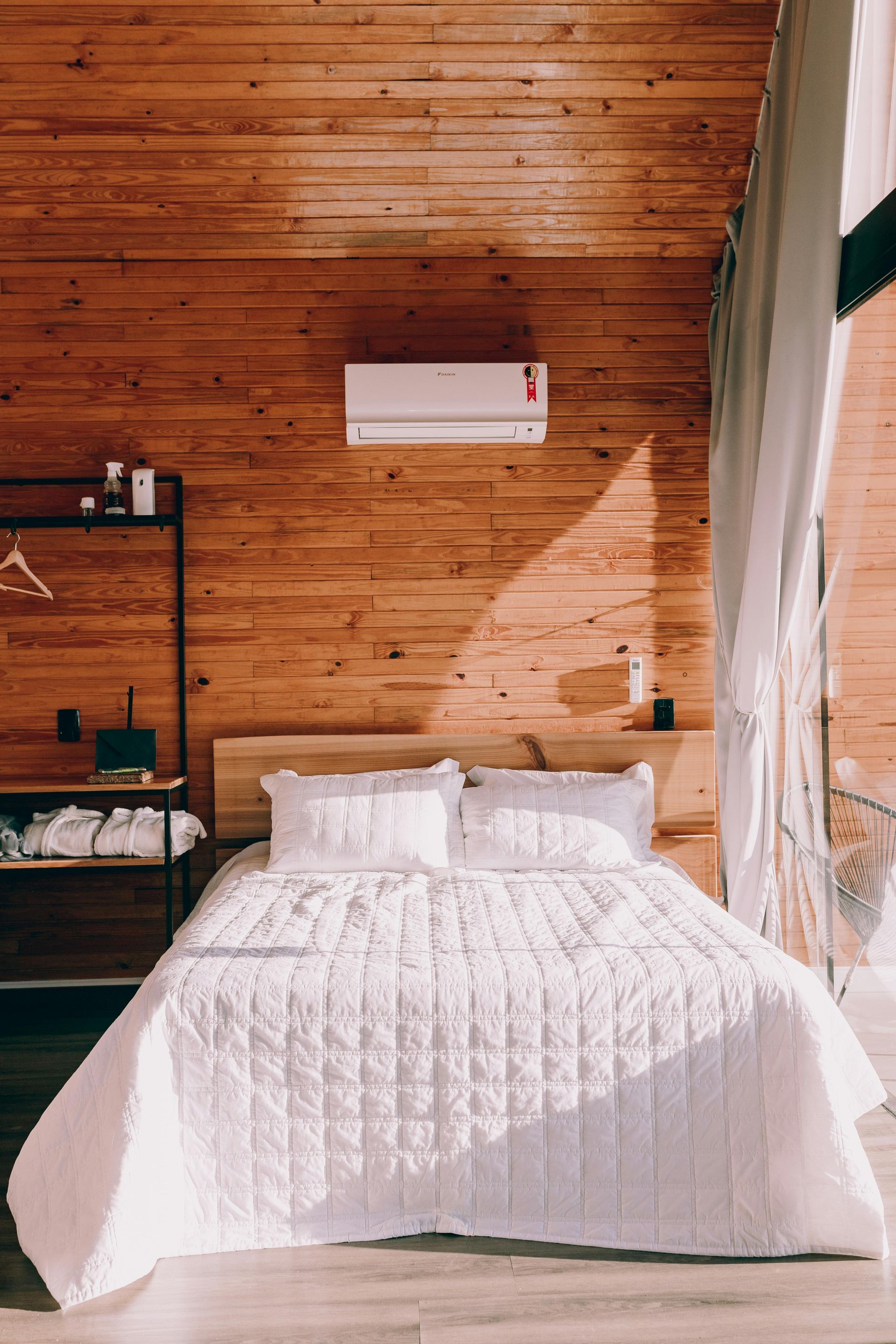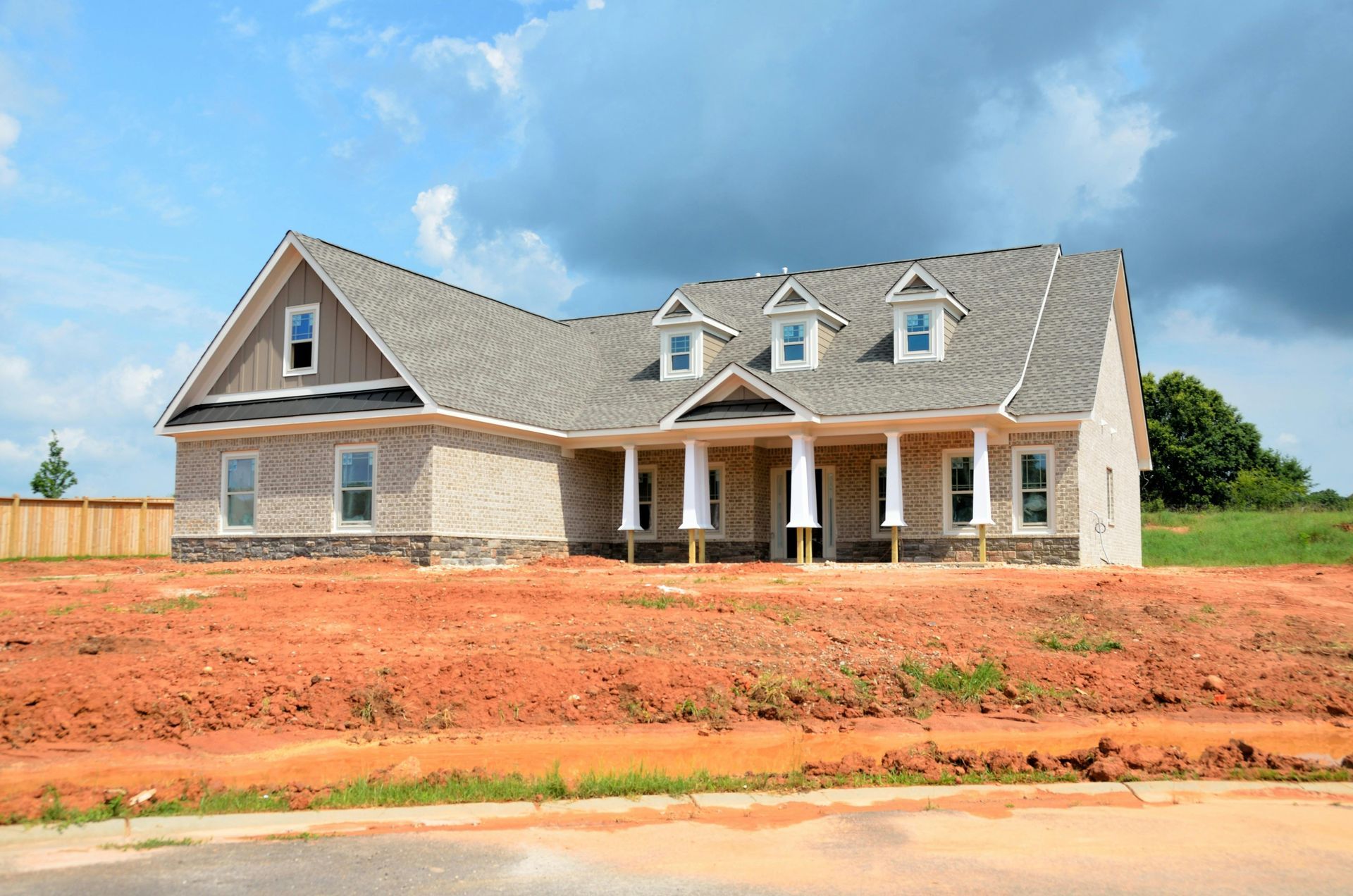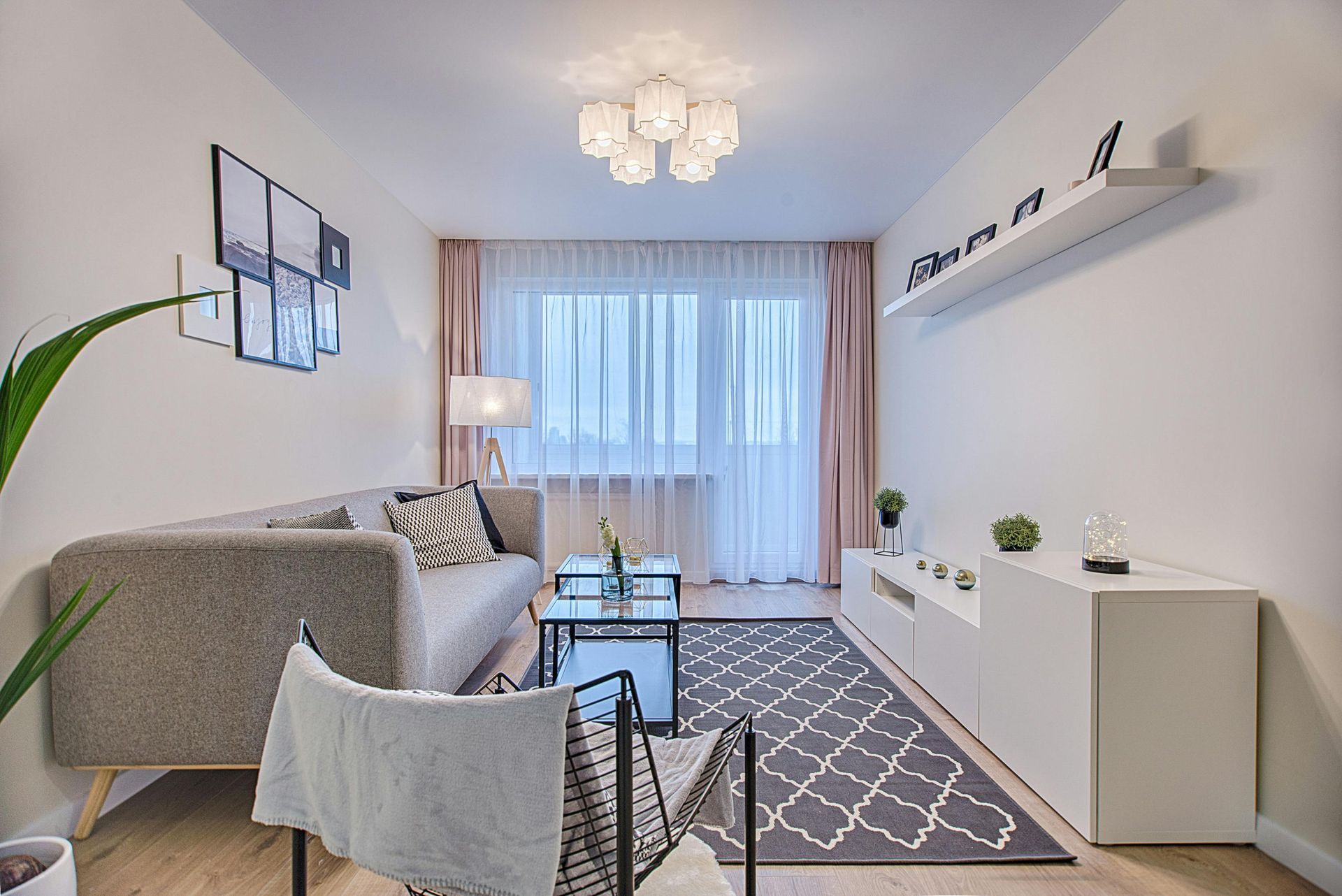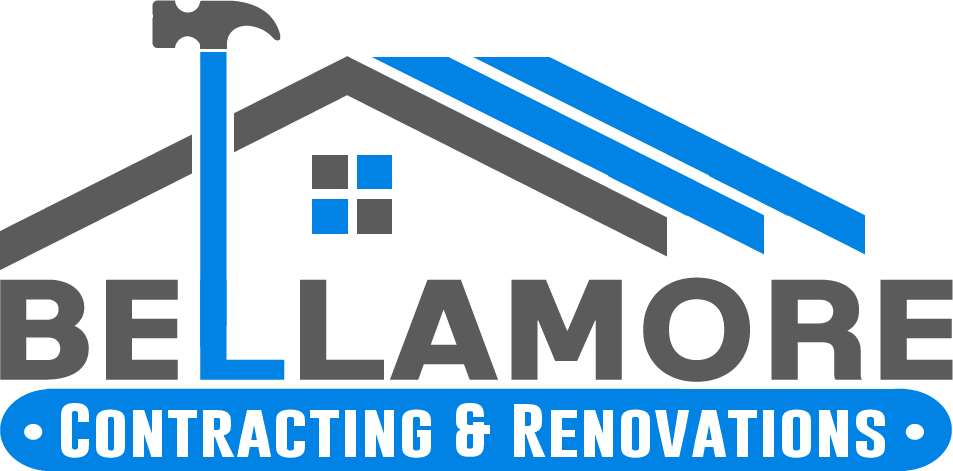Licensed (#RBC-21-01654) & Insured
Local References Available Upon Request
Licensed (#RBC-21-01654) & Insured | Local References Available Upon Request
Creating Conference Rooms That Inspire Collaboration and Efficiency
A well-designed conference room is an essential component of any modern office, serving as the central hub for meetings, presentations, and collaborative discussions. The layout, technology integration, and overall aesthetics of a conference room can significantly impact the efficiency and effectiveness of communication within a business. Whether it's a high-stakes client meeting, a brainstorming session, or a virtual team conference, a thoughtfully designed space fosters productivity and professionalism while reflecting the company’s brand and values.
Understanding the Purpose of a Conference Room
The design of a conference room should align with the specific needs of the business. Some organizations require formal boardrooms for executive meetings, while others need flexible spaces that accommodate both structured discussions and casual collaboration. A well-planned conference room balances aesthetics and functionality, ensuring that the space is comfortable, distraction-free, and equipped with the necessary tools for communication.
When designing a conference room, it’s crucial to assess how the space will be used. If client meetings are a frequent occurrence, a polished and professional environment with high-end finishes may be ideal. On the other hand, companies that rely on brainstorming and innovation might benefit from an informal setup with writable walls, flexible seating, and breakout areas. Understanding the team’s workflow and expectations will help determine the right elements to incorporate into the space.
Key Elements of an Efficient Conference Room
The layout and space planning of a conference room should allow for a seamless flow of movement while ensuring that all attendees have an unobstructed view of presentations and speakers. Depending on the size of the room, seating arrangements should be optimized for comfort and engagement. A long rectangular table might suit formal settings, while modular seating arrangements can create a more adaptable space for dynamic meetings.
Acoustics play a vital role in creating a productive meeting environment. Soundproofing techniques such as acoustic panels, carpeting, and insulated walls help minimize external noise disruptions. Proper acoustics ensure clear communication, whether meetings take place in person or via virtual conferencing.
Lighting is another critical factor in conference room design. A balance between natural light and artificial illumination enhances comfort and reduces eye strain. Adjustable lighting systems allow for different brightness levels depending on the type of meeting being held, from presentations requiring dimmed lighting to brainstorming sessions that benefit from a well-lit space.
Ventilation and climate control contribute to the overall comfort of the conference room. A well-ventilated space with temperature control prevents distractions caused by discomfort. Ensuring proper air circulation and incorporating smart thermostats can enhance the meeting experience.
Technology Integration for Modern Conference Rooms
Incorporating the latest technology into a conference room enhances collaboration and efficiency. Audio-visual systems are essential for clear communication, particularly in hybrid work environments where virtual meetings are frequent. High-quality video conferencing tools, interactive whiteboards, and projection screens facilitate seamless interactions between in-person and remote participants.
Wireless connectivity is a must-have feature, allowing employees to share screens and documents effortlessly. High-speed internet, reliable Wi-Fi, and easy-to-use connectivity options ensure that meetings proceed without technical disruptions. Smart controls, such as voice-activated assistants, automated lighting, and motorized blinds, further elevate the functionality of a conference room.
Hybrid meeting capabilities have become increasingly important, enabling teams to collaborate across different locations. Investing in advanced conferencing software, multiple display screens, and noise-canceling microphones ensures that remote participants feel as engaged as those physically present in the room.
Furniture and Ergonomic Design
Comfortable and ergonomic furniture enhances meeting productivity by reducing fatigue and promoting proper posture. The conference table should be proportionate to the size of the room while allowing for adequate spacing between seats. Adjustable chairs with lumbar support ensure that attendees remain comfortable during long discussions.
Modular and flexible furniture allows businesses to adapt the conference room for various purposes. Stackable chairs, movable tables, and reconfigurable seating arrangements provide versatility, enabling the room to accommodate large presentations, small breakout sessions, or training workshops.
Storage solutions help maintain a clutter-free conference room. Built-in cabinets and shelves allow for the discreet organization of presentation materials, office supplies, and electronic devices. Keeping the space organized contributes to a professional and distraction-free environment.
Branding and Aesthetic Considerations
A conference room should reflect the company’s brand identity and culture. The use of brand colors, logos, and artwork within the space reinforces corporate values and leaves a lasting impression on clients and employees alike. A sleek and modern design with cohesive color schemes and high-quality materials conveys professionalism and sophistication.
Glass partitions create an open and transparent atmosphere while maintaining a sense of privacy. This design approach fosters collaboration while preserving the confidentiality of discussions. The balance between transparency and privacy depends on the nature of the business and the intended use of the conference room.
Aesthetic elements such as artwork, textured walls, and decorative lighting enhance the overall ambiance. While functionality should always be a priority, a visually appealing conference room contributes to an inspiring and engaging work environment.
Conference Room Setups for Different Business Needs
Formal boardrooms require executive-style furnishings, complete with high-end finishes, leather seating, and sophisticated conference tables. These rooms are designed for high-profile meetings and decision-making discussions, often incorporating state-of-the-art technology and premium materials.
Creative brainstorming spaces prioritize flexibility and engagement. Writable walls, pinboards, and collaborative seating arrangements encourage idea generation and team interaction. These rooms often have a more relaxed feel, incorporating lounge-style furniture and vibrant colors.
Training and workshop rooms cater to educational sessions, employee development, and presentations. These spaces benefit from tiered seating arrangements, ample whiteboard space, and advanced AV systems to support interactive learning.
Small huddle rooms provide an intimate setting for quick discussions, one-on-one meetings, or video calls. These rooms are typically equipped with comfortable seating, compact tables, and soundproofing elements to ensure privacy.
Sustainability and Eco-Friendly Conference Room Design
Businesses are increasingly incorporating sustainable practices into office design, and conference rooms are no exception. Energy-efficient lighting solutions, such as LED fixtures and motion sensors, reduce electricity consumption while maintaining a well-lit environment.
Using sustainable materials such as reclaimed wood, low-VOC paints, and recycled furniture minimizes environmental impact. Choosing eco-friendly materials not only supports sustainability efforts but also contributes to a healthier indoor environment.
Indoor plants and greenery improve air quality and add a natural touch to the space. Incorporating biophilic design elements creates a refreshing atmosphere that enhances creativity and well-being.
DIY vs. Professional Conference Room Design
For businesses looking to make minor upgrades, DIY improvements such as rearranging furniture, adding new lighting fixtures, and updating decor can enhance the conference room’s aesthetics without a major investment. Simple changes like replacing outdated chairs or adding acoustic panels can improve functionality and comfort.
For more comprehensive renovations, hiring a professional designer ensures that the conference room is optimized for efficiency, technology integration, and brand consistency. Professional design services provide expertise in space planning, ergonomic solutions, and high-tech installations, resulting in a polished and future-proof conference room.
Maintaining an Effective Conference Room
Regular maintenance and organization keep a conference room functional and presentable. Ensuring that AV systems and connectivity tools are in working order prevents technical difficulties during important meetings. A scheduling and booking system helps avoid conflicts and ensures that the space is utilized efficiently.
Periodic updates to furniture, lighting, and technology keep the conference room aligned with evolving business needs. Adapting to new trends and innovations ensures that the space remains modern and practical.
The Impact of Thoughtful Conference Room Design
A well-designed conference room enhances communication, collaboration, and corporate professionalism. By integrating technology, optimizing acoustics, and selecting comfortable furniture, businesses create a space that supports productivity and engagement. A conference room is not just a meeting space—it is a strategic asset that contributes to business success.
Investing in a thoughtfully designed conference room ensures that every meeting, presentation, and discussion takes place in an environment that is both functional and inspiring. Whether for daily team check-ins or major client negotiations, a professional and well-equipped conference room makes a lasting impression and drives effective business operations.



